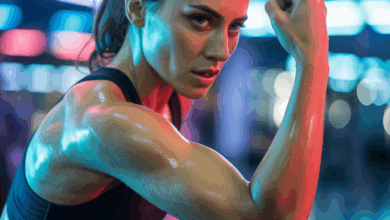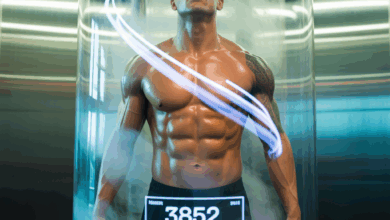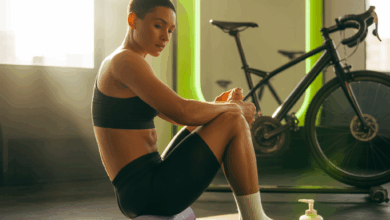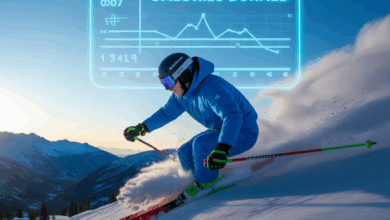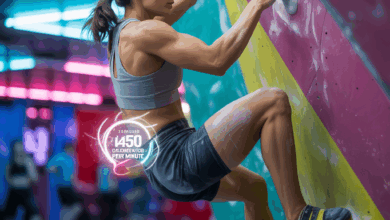How Many Calories Does Kayaking Burn? Real Numbers, Tips & Workouts
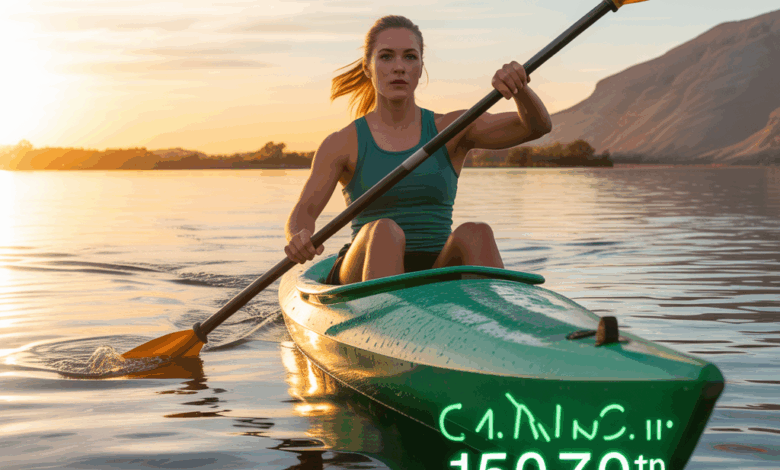
Imagine you’re gliding across a calm lake at sunrise, paddle slicing the water, heart rate up but you’re smiling—then you wonder: how many calories does kayaking burn compared to a gym session? Whether you’re chasing weight loss, better fitness, or simply more outdoor time, understanding the calorie burn helps you plan sessions that match your goals.
Why kayaking is more than a relaxing day on the water
Kayaking combines cardiovascular work with strength and balance. It engages the back, shoulders, arms, and core while demanding lower-body stabilization—so it’s a full-body workout disguised as an outdoor adventure. The actual calories burned depends on your weight, paddling intensity, water conditions, and kayak type.
How many calories does kayaking burn?
Short answer: it varies. Here are realistic ranges based on intensity and body weight to help you estimate:
Estimated calorie burn per hour (by intensity)
- Light/recreational paddling: ~200–350 calories per hour
- Moderate steady paddling: ~300–500 calories per hour
- Vigorous touring or whitewater effort: ~500–800+ calories per hour
Sample calculations (approximate)
Calories burned = MET value × body weight (kg) × 1 kcal/kg/hr. METs for kayaking range from about 3 (easy) to 8+ (vigorous).
- 150 lb (68 kg), moderate (5 MET): 5 × 68 ≈ 340 kcal/hour
- 180 lb (82 kg), moderate (5 MET): 5 × 82 ≈ 410 kcal/hour
- 150 lb (68 kg), vigorous (8 MET): 8 × 68 ≈ 544 kcal/hour
Factors that change calorie burn
- Body weight: Heavier paddlers burn more calories for the same effort.
- Paddling intensity: Interval sprints and choppy water increase heart rate and caloric demand.
- Kayak type: Touring or sea kayaks require more effort to maintain speed than wide recreational kayaks.
- Water & wind: Current, tides, and wind resistance can significantly increase workload.
- Technique: Efficient paddling uses core muscles more and reduces wasted energy—good technique can mean a stronger workout with less fatigue.
Workout variations to boost calorie burn
Mix these session types into your paddling to increase fitness, break plateaus, and make workouts fun.
Interval paddle (30–45 minutes)
- Warm up 5–10 minutes easy paddling.
- Alternate 1–2 minutes hard effort (near sprint) with 2–3 minutes easy recovery.
- Repeat 6–8 rounds, cool down 5–10 minutes.
Endurance tour (60–120 minutes)
- Steady moderate pace rhythm for distance—great for burning sustained calories and building aerobic capacity.
- Include pace changes and short sprints to break monotony.
Skill + strength session
- Combine technique drills (catch, rotation, exit) with on-shore bodyweight exercises (push-ups, planks, single-leg squats) to increase overall power and efficiency.
Practical tips to maximize results and stay safe
- Wear a PFD and check weather—safety first.
- Use intervals to burn more calories in less time and improve anaerobic fitness.
- Work on stroke mechanics—more power per stroke reduces fatigue and improves speed.
- Cross-train with resistance work (rows, lat pulldowns, rotator cuff exercises) to improve paddling strength and prevent injury.
- Prioritize hydration and electrolyte intake—paddling in sun and wind increases sweat loss.
- Track sessions with a waterproof heart-rate monitor or GPS to better estimate calories burned and progress over time.
Nutrition & recovery for paddlers
Fuel and recovery matter. Aim for a carbohydrate-rich snack before longer paddles (banana, toast with peanut butter), and a blend of carbs + protein within 45 minutes after to support muscle repair (yogurt with fruit, protein shake). For sustainable weight loss, pair regular paddling with a sensible calorie target—avoid extreme restriction that undermines performance.
Real-world example: A week of paddling for weight loss
Meet Sara, 155 lb, beginner aiming to lose fat while keeping strength:
- Monday: 45-minute interval paddle (estimated 420 kcal)
- Wednesday: 60-minute moderate paddle (estimated 360 kcal)
- Saturday: 90-minute endurance tour (estimated 600–700 kcal)
Combined with 2 strength-training sessions and a modest calorie deficit, Sara loses steady, sustainable weight while improving fitness and posture.
Frequently Asked Questions
Yes. Kayaking can be an effective calorie-burning activity when done consistently and combined with a healthy diet. Higher-intensity or longer-duration sessions increase total calorie burn.
It depends on intensity and your weight. For a 160–180 lb person, a vigorous 60–90 minute session or a 45-minute high-intensity interval paddle could approach 500 calories. Use heart-rate or GPS tracking for better estimates.
Kayaking builds endurance and muscular endurance in the back, shoulders, arms, and core. To build significant muscle mass, add resistance training off the water focused on pulling movements and core strength.
Conclusion — Ready to get on the water?
So, how many calories does kayaking burn? It depends on you and how you paddle. Light paddling might burn a few hundred calories per hour, while vigorous touring or interval sessions can burn 500+ calories. Whatever your goal—weight loss, cardio fitness, or stress relief—kayaking is a versatile, low-impact way to work your whole body.
Want a ready-made plan? Check out our workout routines for paddlers and read our nutrition guides to pair meals with sessions. Try a 30-day paddling challenge, track your sessions, and share results with a friend or coach for accountability.
Get out there, enjoy the water, and if you liked this guide, explore more wellness tips to optimize recovery and performance.
Call to action: Pack your PFD, set a goal for your next paddle (distance or time), and start tracking—then come back and compare your numbers. Ready to take the first stroke?

